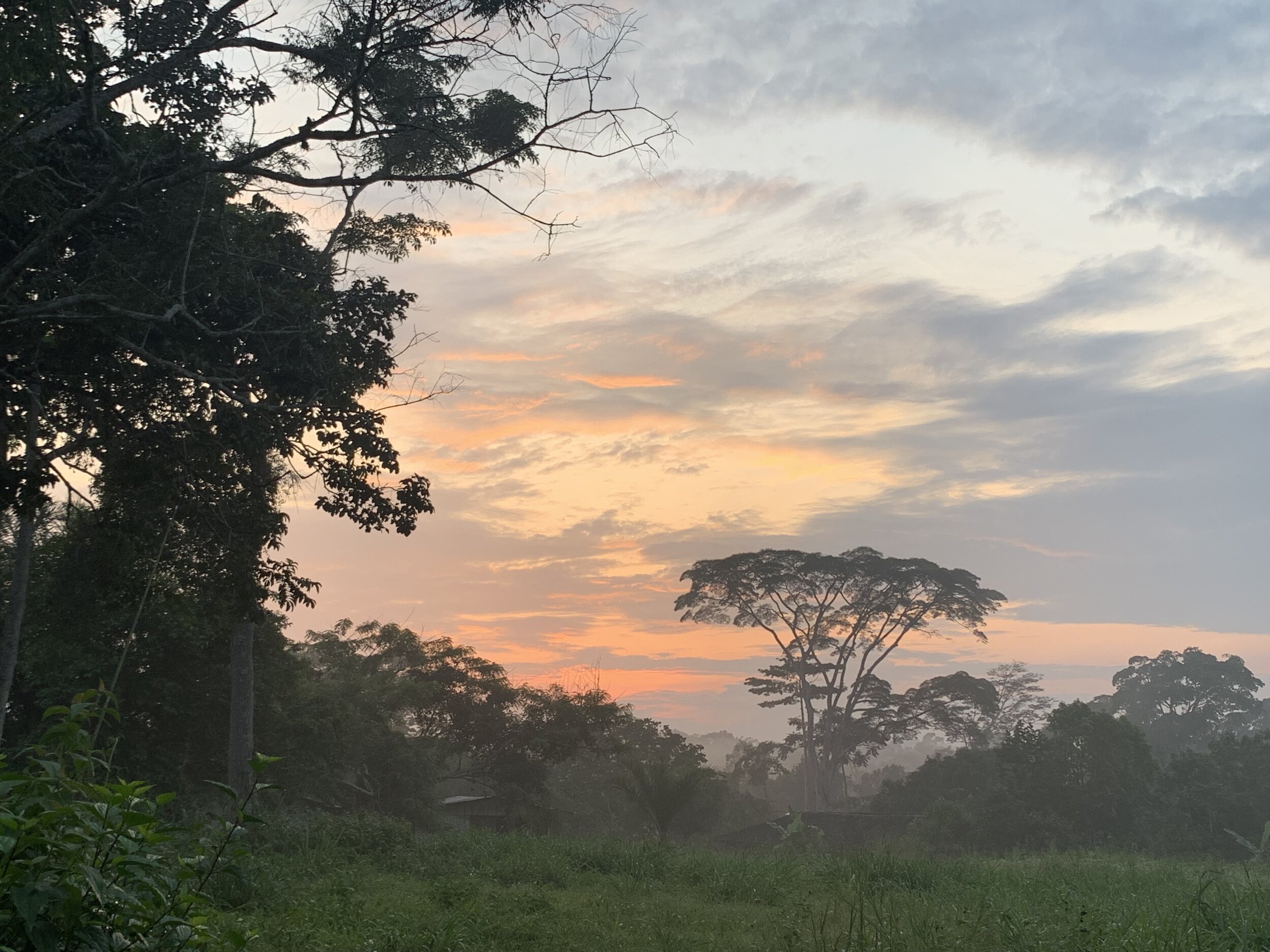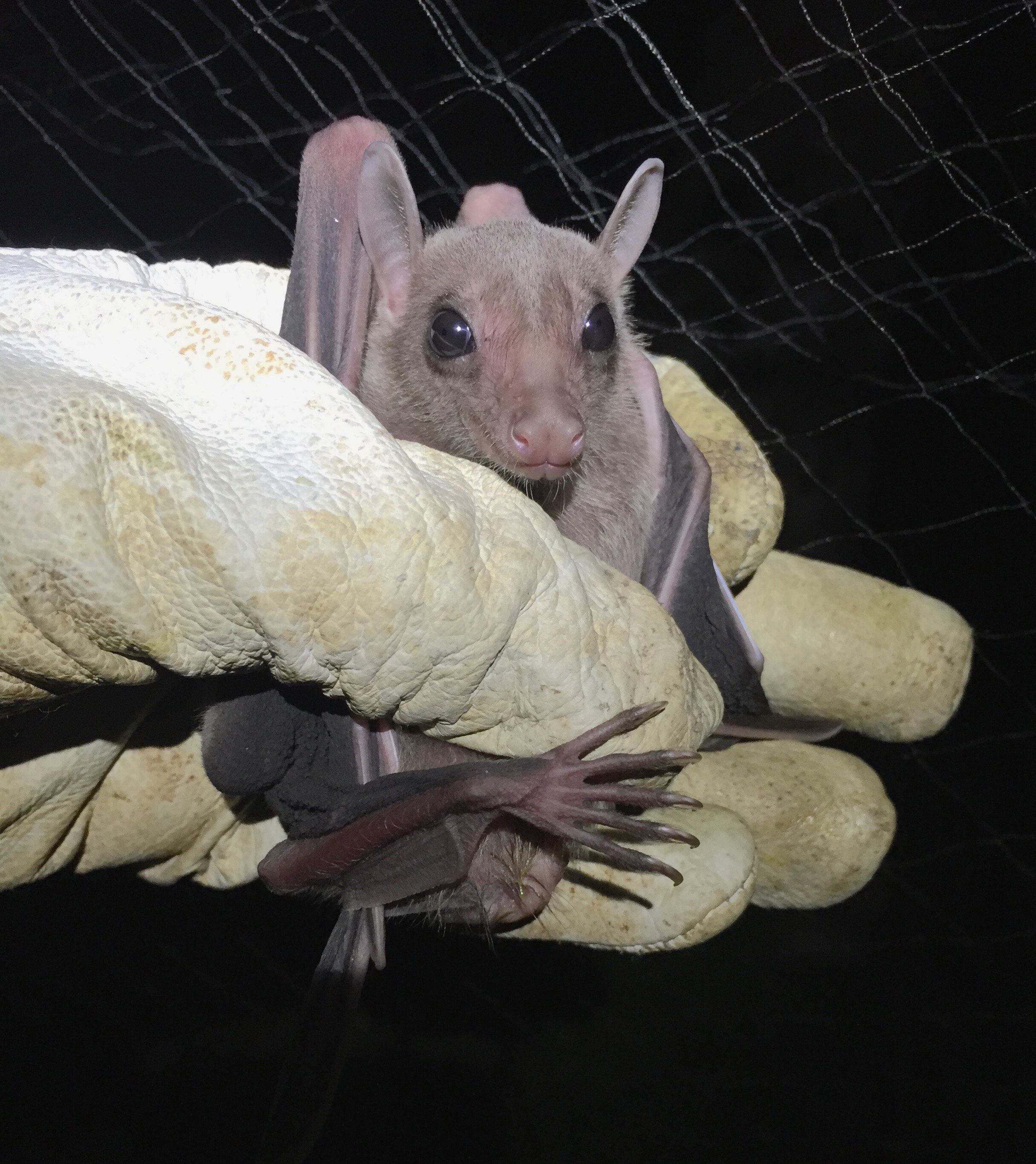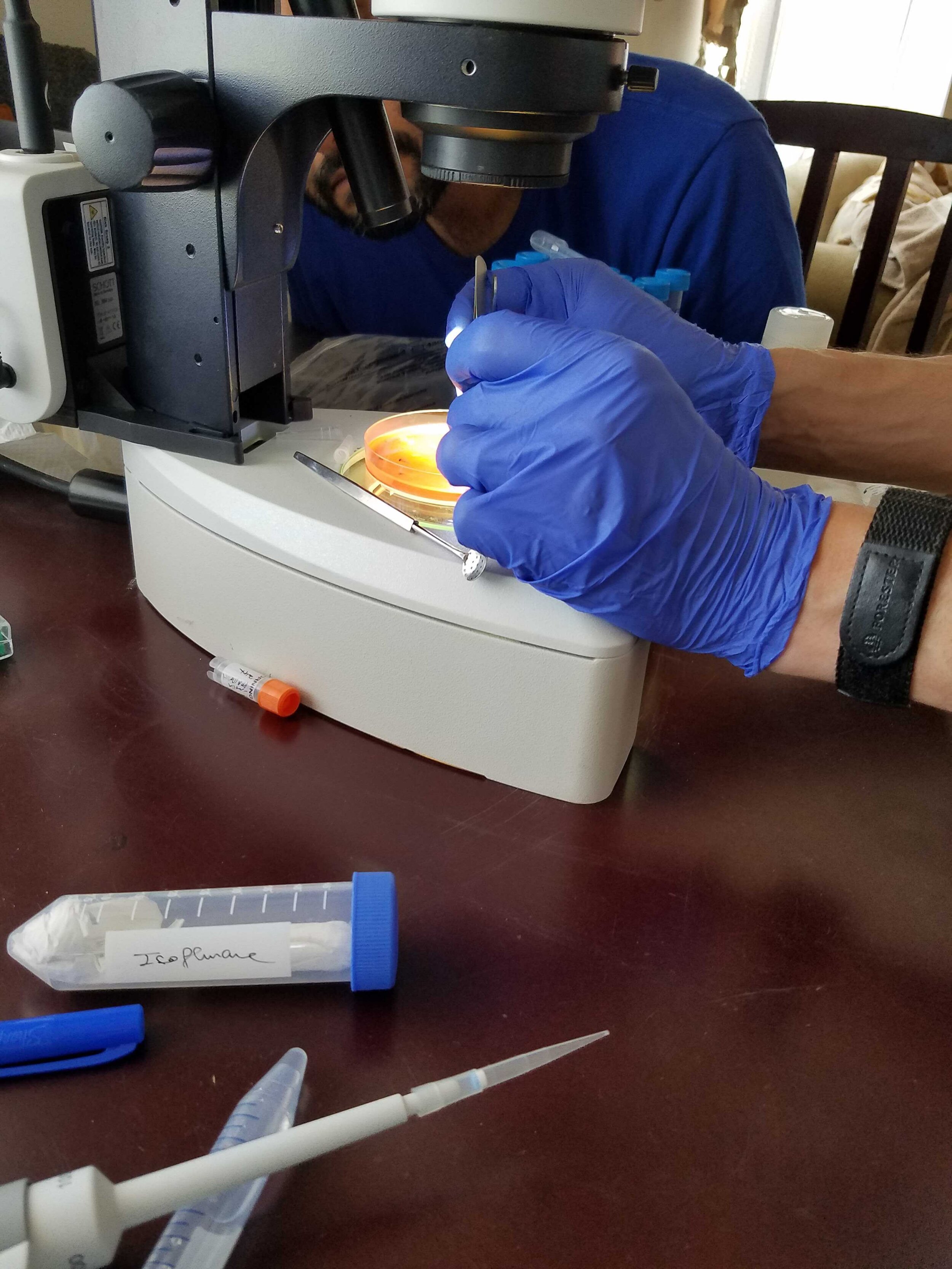Bat Development & Diversity
Bats are like Darwin’s finches, but weirder
During their history, bats have evolved wings and powered flight, extremely long lifespans, the ability to tolerate viral infections, and echolocation. They have UV vision, saliva-borne anticoagulants, novel structures, and diverse diets. Bats therefore are “natural evolutionary experiments” that we use to study questions of relevance to evolutionary processes and human health.











